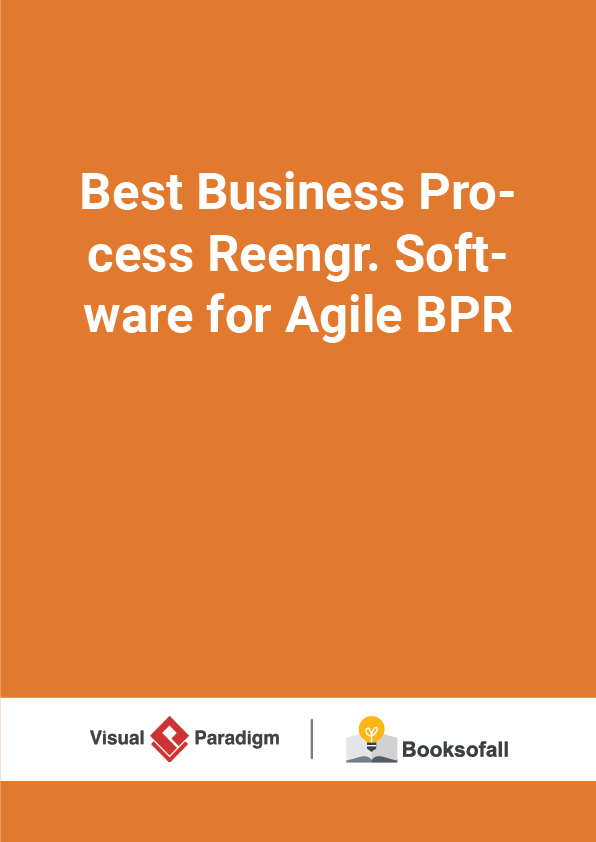Best Business Process Reengr. Software for Agile BPR
7-9 minutes
Business process reengineering (also known as business process redesign, business transformation, or business process change management) is originally pioneered in the early 1990s. It is the analysis and redesign of core business processes to achieve the substantial improvements in its performance, productivity, and quality which means to change the way people perform the work in the improved process that accomplishes better business outcomes. The main goal of business process reengineering is to analyze workflows within and between enterprises to optimize the end-to-end process for achieving higher levels of efficiency, cut operational costs and become a world-class competitor.
BPR involves discovering how business processes currently operate, how to redesign these processes to eliminate the wasted or redundant effort and improve efficiency, and how to implement the process changes to gain competitiveness, typically called “as-is” and “to-be” analysis (also known as Gap Analysis).
How to Develop As-Is and To-Be Business Process Reengineering?
Business models are developed as defining either the current state of the process, in which case the final product is called the “as is” snapshot model, or a concept of what the process should become, resulting in a “to be” model. By studying the difference between the current and target business state, known as the gap, the business analysts can determine if the existing business processes and information systems are sound and only need minor modifications, or if reengineering is required to correct problems or improve efficiency. Consequently, business process modeling and subsequent analysis can be used to fundamentally reshape the way an enterprise conducts its operations.
As-is Process
The As-Is process defines the current state of a business process in any given organization or structure. Generally speaking, the goal of analyzing the current state of a process is to find out which components could be improved. It is important to bear in mind that this As-Is analysis will only show you what can be improved, but not necessarily how. Mapping the As-Is process will only reveal how your business processes are working today.
To-be Process
Typically, a To-Be process is defined as the desired (or target) state of an organizational or business process. It is the ideal state of how you want your business processes to work, and mapping the To-Be processes will structurally clarify how you can get there. Thus, you will be able to see what changes are necessary for your business processes to reach their desired state.
Gap Analysis and Action Plan
A Gap Analysis can help an organization to understand where they want to be, the gap between where there are now and where they want to be, and hence, what steps (action plan) should be taken to close the gap.
Thus, to get from our current state to our desired state there will be several key steps we need to take to bridge the gap. From this, we will create an action plan outlining the exact actions we’ll take to achieve each step so we eventually close the gap.











